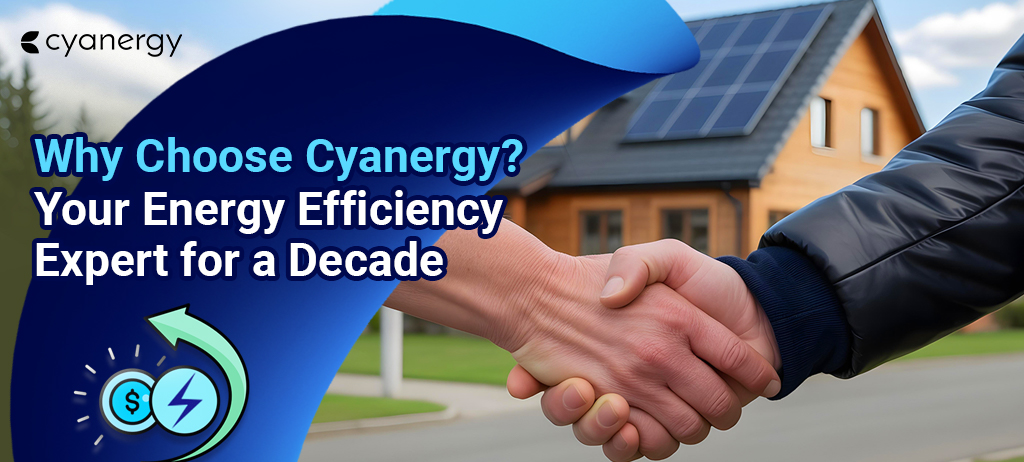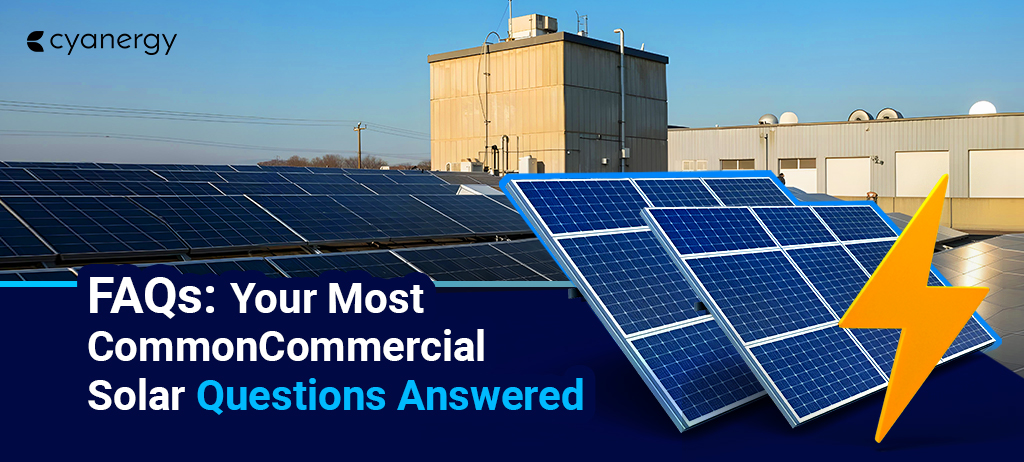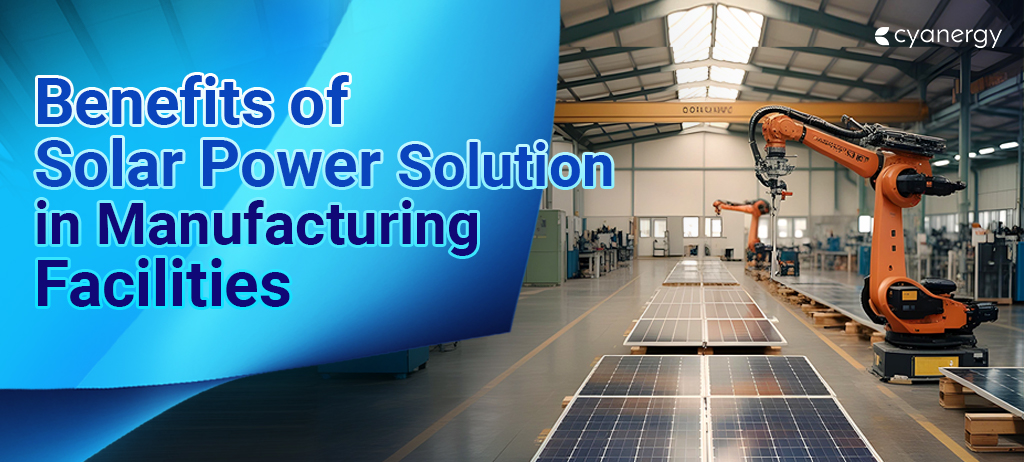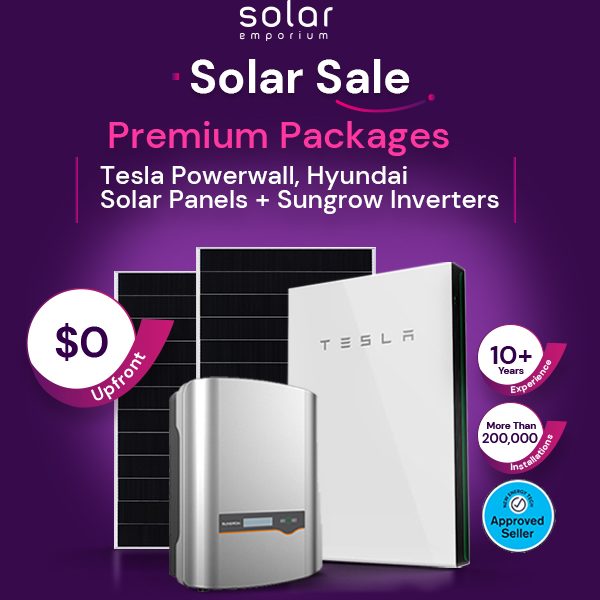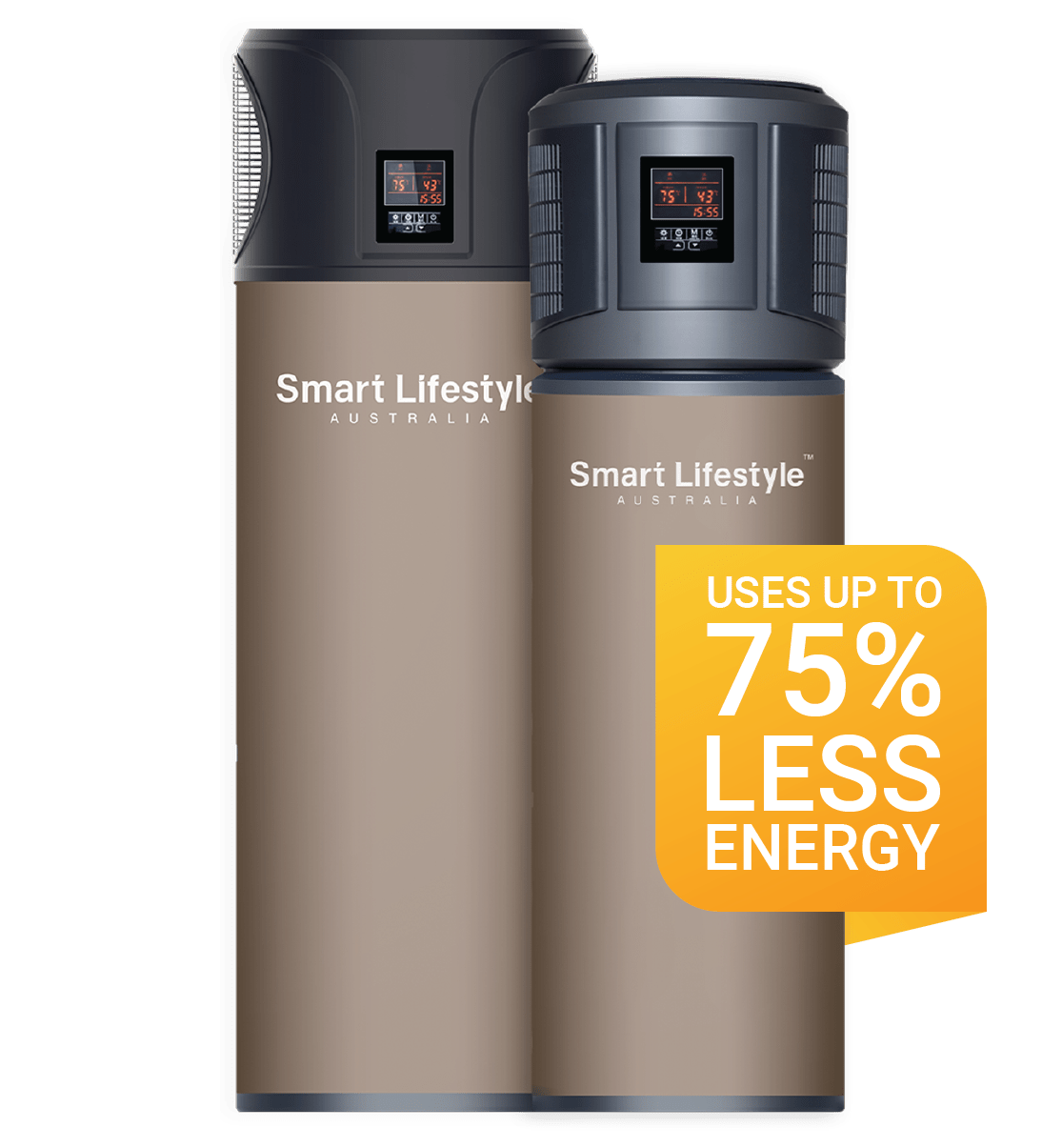Solar panels are a scientific marvel that allows us to reduce our electricity bills while becoming self-sufficient in all of our energy needs.
It also contributes to a reduction in fossil fuel consumption, which is known for contributing to Greenhouse Gas emissions.
Now, it’s time to make some decisions before getting solar panels for your rooftop. So, how many solar panels do I need? You might be wondering this right about now. Don’t worry, Cyanergy is here to help.
Please know that there is no one set number of solar panels that will suffice for every household. One might need more, and someone else might need only a few solar panels.
Also, the dimension of the panels isn’t exactly the determining factor of how much energy they will generate; instead, it’s the power output in watts.
Each panel is capable of generating a certain amount of energy, and together, a whole solar system can generate energy in kilowatts. Your solar panel system will create between 3 and 5 kWh (kilowatt-hour) of clean, renewable energy per day for each kilowatt of power.
Solar Panel Size Determining Factors — How Many Panels Do I Need?
Your Usual Energy Consumption
Suppose you are someone who has a lot of power-hungry appliances and uses them fairly regularly; you will need a lot of electricity. Air conditioners, hot water systems, washing machines, and ovens, to name a few, are considered power-hungry appliances.
The question is, how often and for how long do you use them? Also, different capacities and sizes of devices require varying amounts of energy. A mini-fridge certainly won’t use as much electricity as a double-door one, so that’s something to keep in mind.
Now, rather than going into bits and pieces like calculating how much energy each thing in your house requires, you should look at your electricity bill.
If you look carefully, you will see there is a tab for ‘average daily energy use’ in your monthly bill where your consumption is stated in kilowatt-hours (kWh).
Note down this number and make a yearly average to determine how many kWh of energy you consume, which will help you decide on your solar system size.
The whole process is not as simple as it sounds; that’s why you seek professional help from a solar expert like Cyanergy to determine the exact costs.
The more electricity you use, the bigger the solar system you need. The financial benefits of solar also depend on when you use electricity.
On average, Australian homes use 11–23 kWh per day.
The average daily usage for your home or business is probably different in summer and winter. You can check your average daily usage for each season by looking at your quarterly or monthly electricity bills.
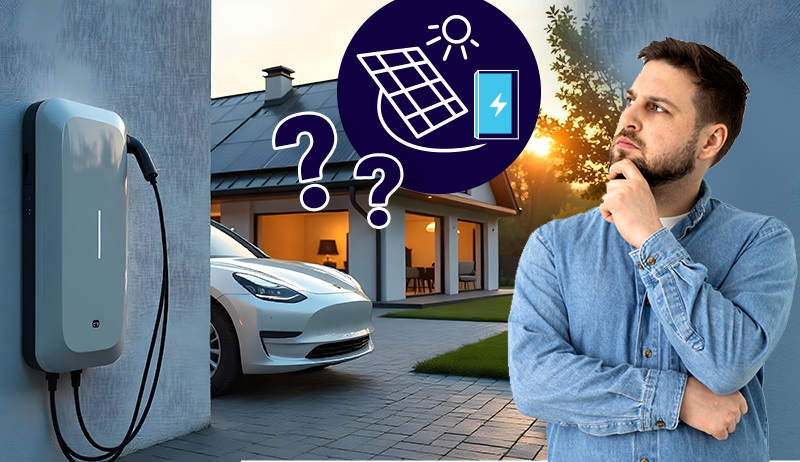
Inverter sizing
In many systems, the inverter is sized to be smaller than the panel output. For example, a 6.6 kW solar system is typically paired with a 5 kW inverter.
Because the panels are only rarely generating at their full rated capacity, this can be a good way to get the best value from the inverter and often makes good economic sense.
Talk to your solar retailer or installer about the inverter specifications and the inverter-to-panel size requirements. Suppose the system size exceeds the inverter manufacturer’s specifications.
In that case, you will not be able to access the Australian Government’s Small-scale Renewable Energy Scheme rebate.
Available Sunny Roof Space
The amount of available sunny roof area can often be a limiting factor when deciding what system size to install, particularly for household solar systems in urban areas.
A standard 6.6 kW system might take up 29 – 32 m2 of roof space, depending upon the rated capacity of the panels. Panels can be installed in portrait or landscape orientation to make the best use of the available roof space.
We can only fit as many solar panels as possible on your roof. Solar panels are typically 1.7m × 1m in size.
It is critical to consider shading when calculating the size of your roof. Tree or power lines can cast shade on a portion of your roof. In that case, we’ll need to adjust your solar system or avoid these areas entirely.
Future Proofing – Should I Upsize my System?
If you have plans to expand your household, you must plan accordingly. Solar panels are such technology that lasts about 25 to 30 years.
You have to look past your current situation and think about where you see yourself in 5 to 10 years.
If you have the opportunity to extend your family, your energy needs will likely increase, too. So, future proofing is indeed necessary to make the most out of your investment.
Does that mean there is no way to add more solar panels in the future if required? That is certainly not the case; however, the newly added solar panels may come with a new set of issues that were not accounted for during the initial installation.
Solar panels generate energy, specifically one form of energy that later needs to be converted into another for practical use.
Solar panels generate DC (direct current), whereas our appliances run on AC (alternating current). This conversion is done by a solar inverter that has a conversion capacity.
A solar inverter can only convert a certain kW amount of energy, beyond which you cannot get AC, no matter how large a solar panel system you have.
Of course, a larger solar PV system will require an inverter of equal power, but adding more solar panels later on will mean you’ll need to get another inverter to cater to a smaller array of systems.
Ultimately, you lose money. So, that means if you anticipate needing extra energy in the future, upsize your solar at the time of installation.
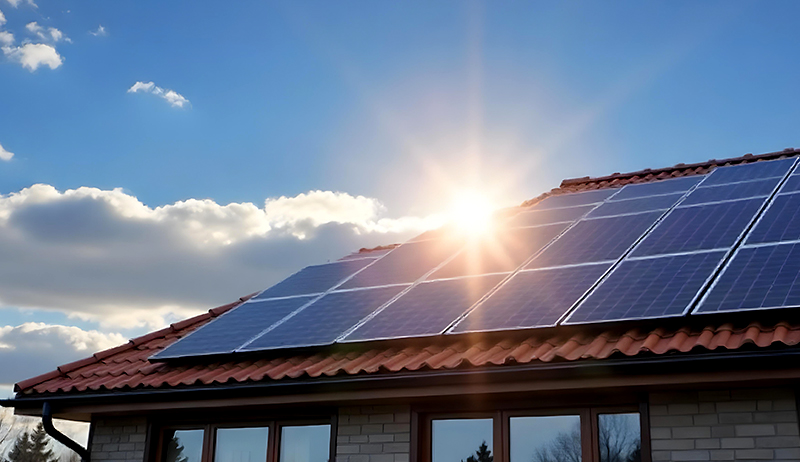
Would You Need Solar Batteries?
An average Australian household consumes the most energy in the early morning and at night.
Solar panels work at their maximum capacity between 12 and 3 pm, during which most people are not at home. But you will still manage by importing electricity from the grid at peak hours.
Depending on what your expectation is from your solar PV system, you’ll decide how many solar panels you would need on your rooftop.
If you want to be self-reliant at all times, a storage unit is the way to go. In that case, you would need to upsize your rooftop solar system so that you can store a substantial amount of energy for later use.
How Many Batteries Will You Require?
Solar batteries for homes depend on your goals. Most people set out to reduce their grid electricity imports to zero.
As you’ll see, most households have big energy storage goals with more expenses. But how many solar panels run a house? “What size solar battery do I need?” is a natural question you ask yourself.
Let’s go over how much energy storage an average Australian household will require. The average Australian home consumes approximately 16 kWh of electricity per day.
Most Australians work 9 to 5 jobs and are not at home during the day. They will probably only use about 30% of their electricity when the sun shines.
That means they must buy the remaining 70% from the grid. How many solar batteries will be required to cover that 70%?
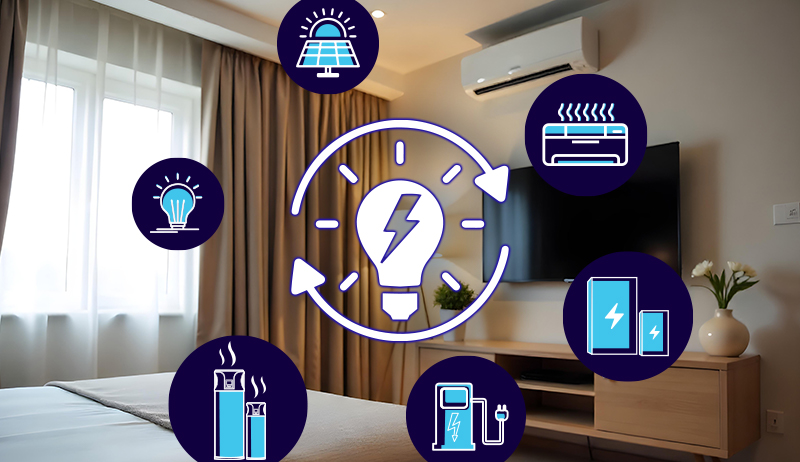
Solar Battery System Sizing
Regarding system sizing, battery sizes are measured in kilowatt-hours, or kWh.
As mentioned before, an average home consumes 16 kWh of energy. And 30% of the energy is consumed in the daytime and 70% at night. That mounts up to approximately 5 kWh consumed during the day and 11 kWh consumed at night.
Based on simple maths, the average Australian would require approximately 11 kWh of solar battery storage to offset all their night usage.
As of 2025, the Tesla Powerwall has a capacity of 13.5 kWh, costing around $16,600 fully installed.
Remember that you do not need batteries to offset your nighttime electricity consumption. If you run the numbers, the first kWh of energy storage has the best payback because it works the hardest. As of the next kWh, the payback becomes longer.
However, the most important consideration when sizing and comparing solar batteries is that it is only possible when you thoroughly understand your energy usage profile. First, you’ll need a good energy monitor in your home with accurate data.
Then, a good installer will use their software to show you the optimal number of batteries and solar panels for your situation and the payback period. After that, instead of leaping into the unknown, you’ll go into your solar battery investment with your eyes wide open.
Including these aspects, there are many other things to figure out and factor in. Figuring all these out on your own is a challenging task. If you have any further questions or require some help, please don’t hesitate to contact us.
Cyanergy is a CEC (Clean Energy Council) approved solar installer with more than 10 years of experience in the field. Get in touch with us today to take advantage of a FREE consultation session with one of our experienced solar experts.
